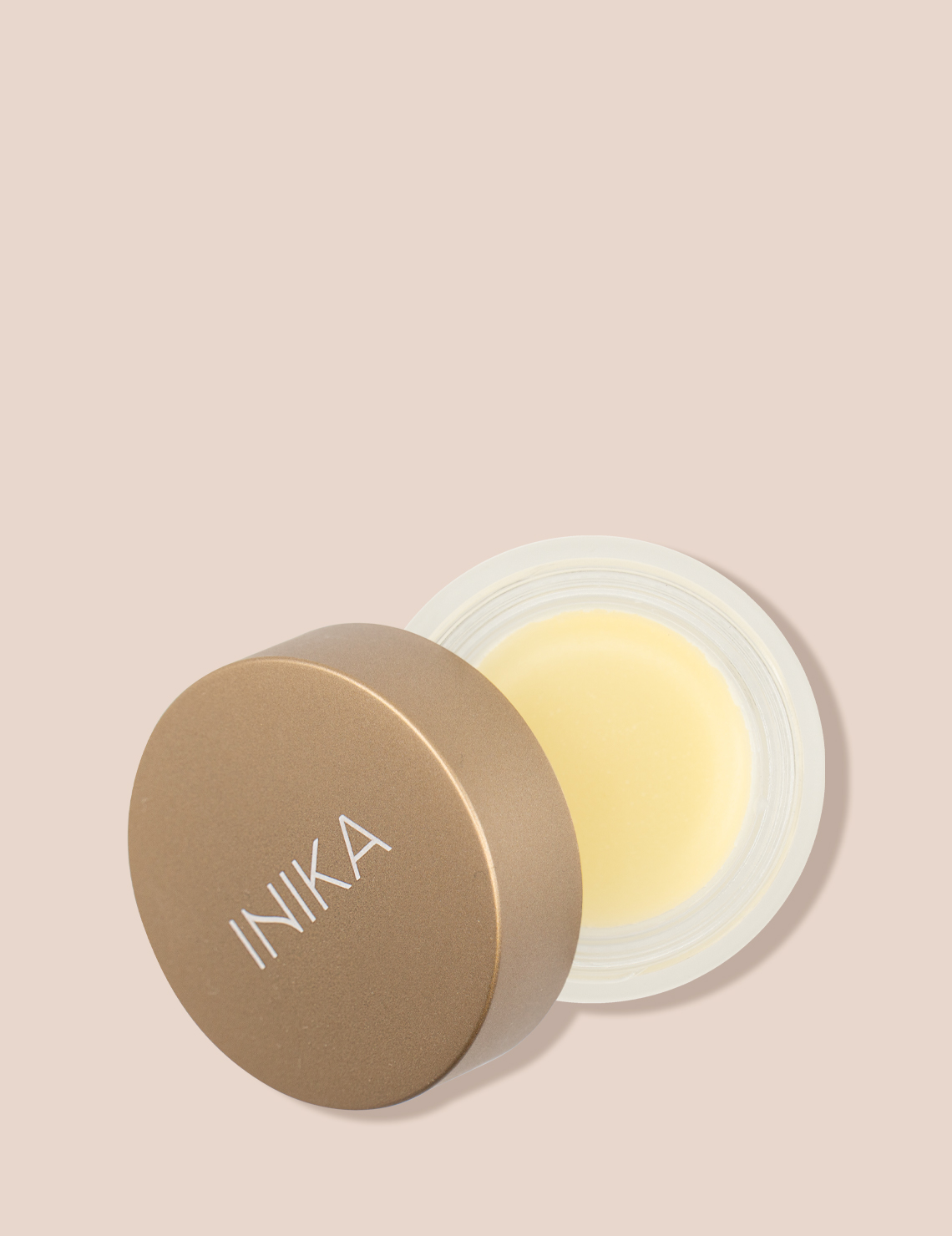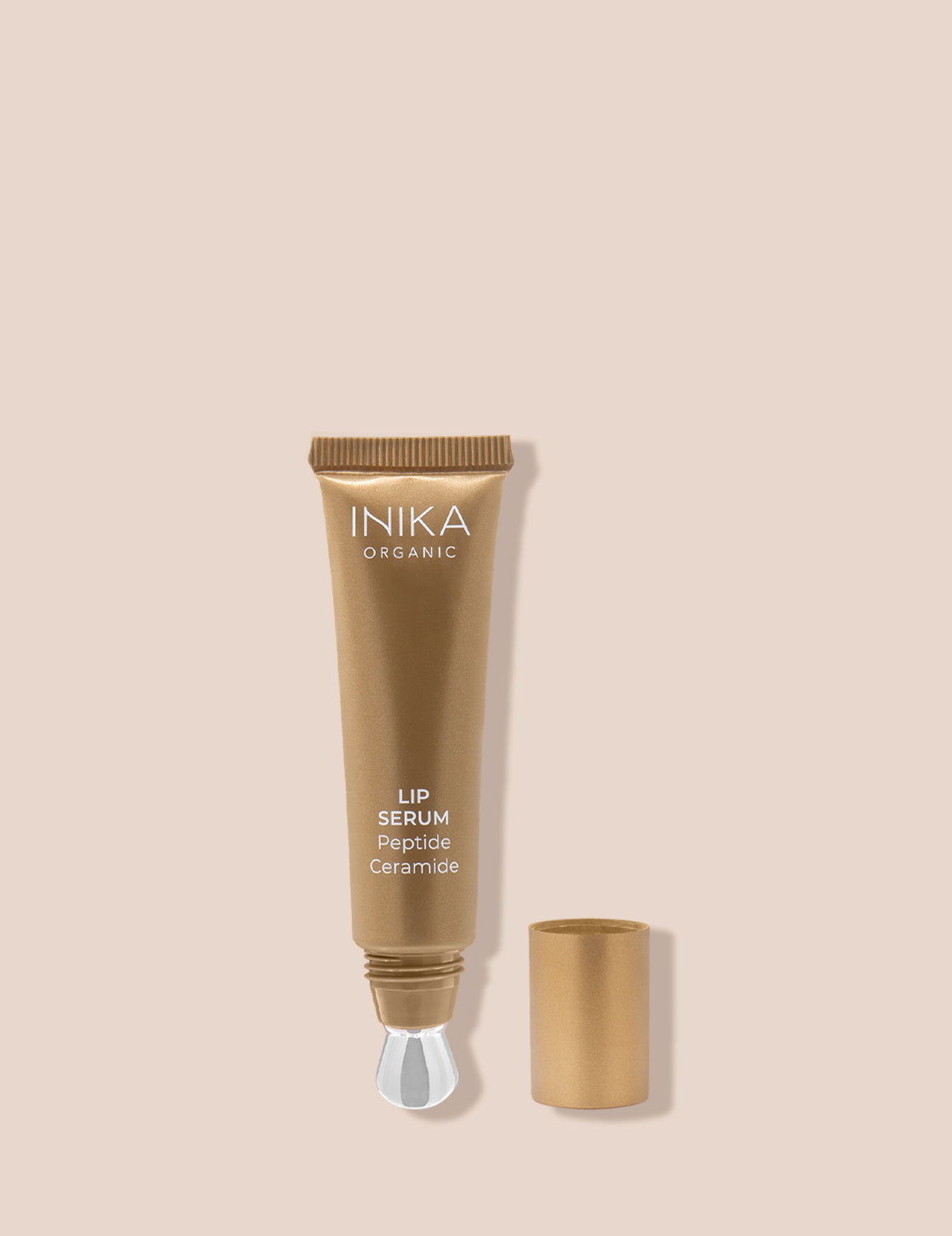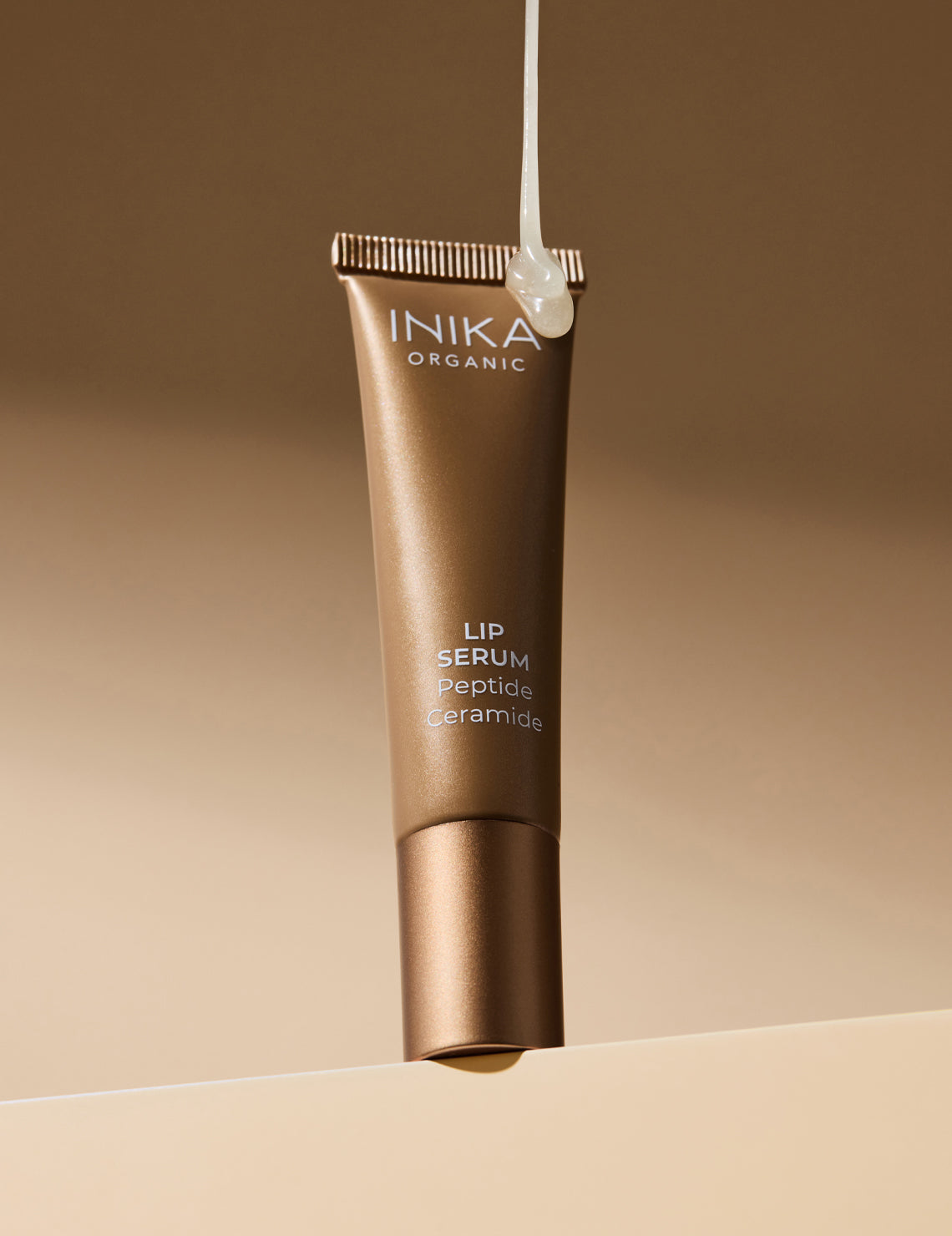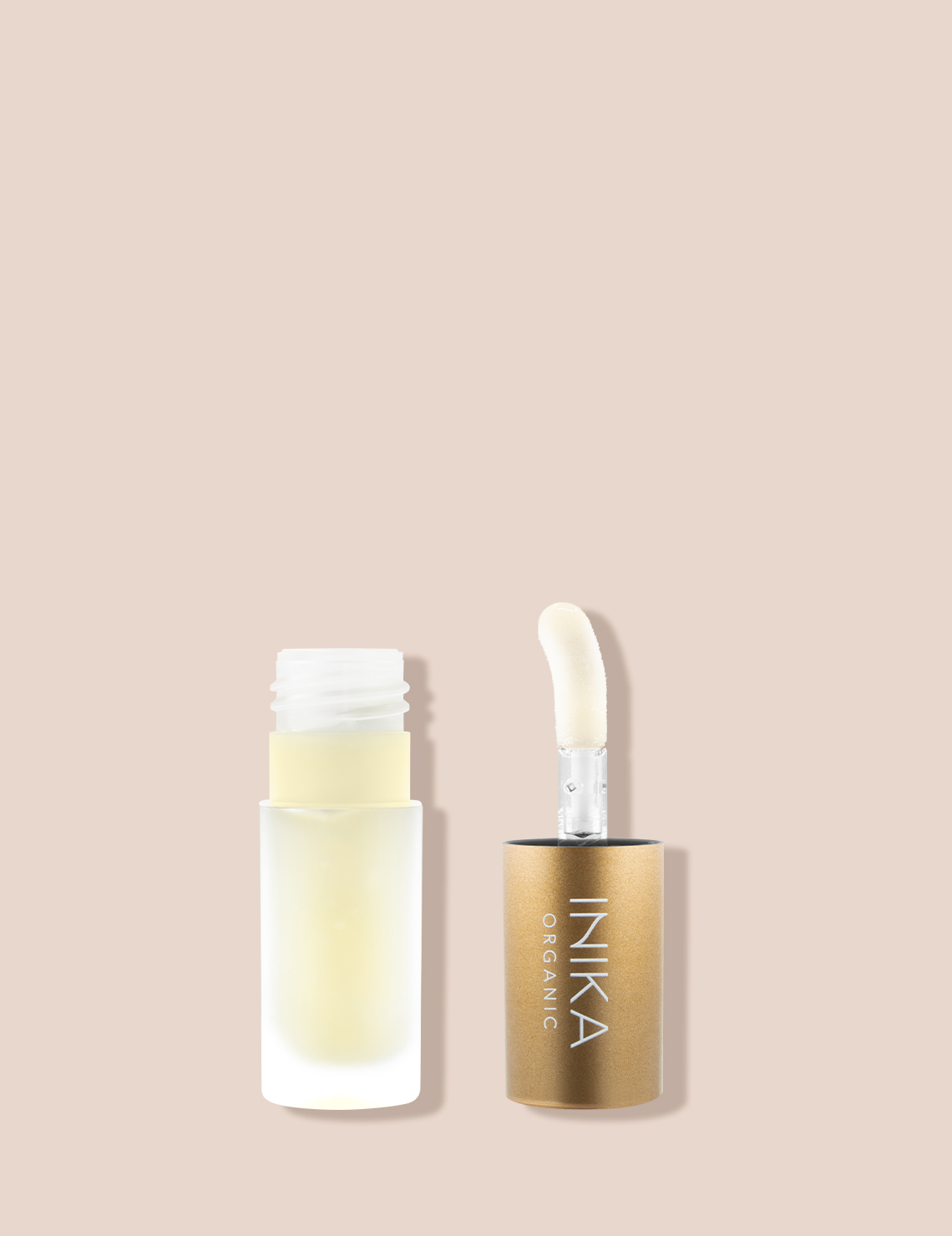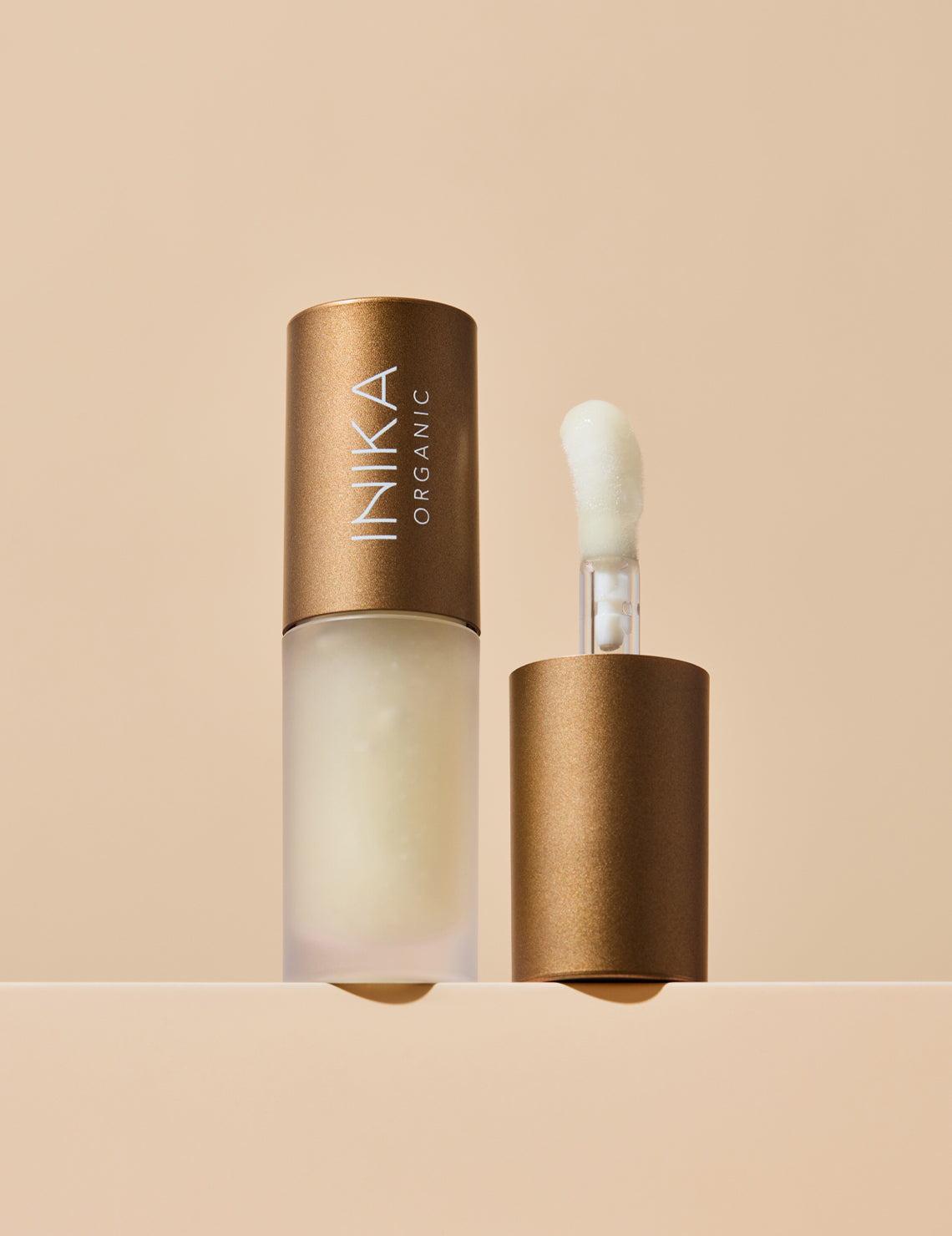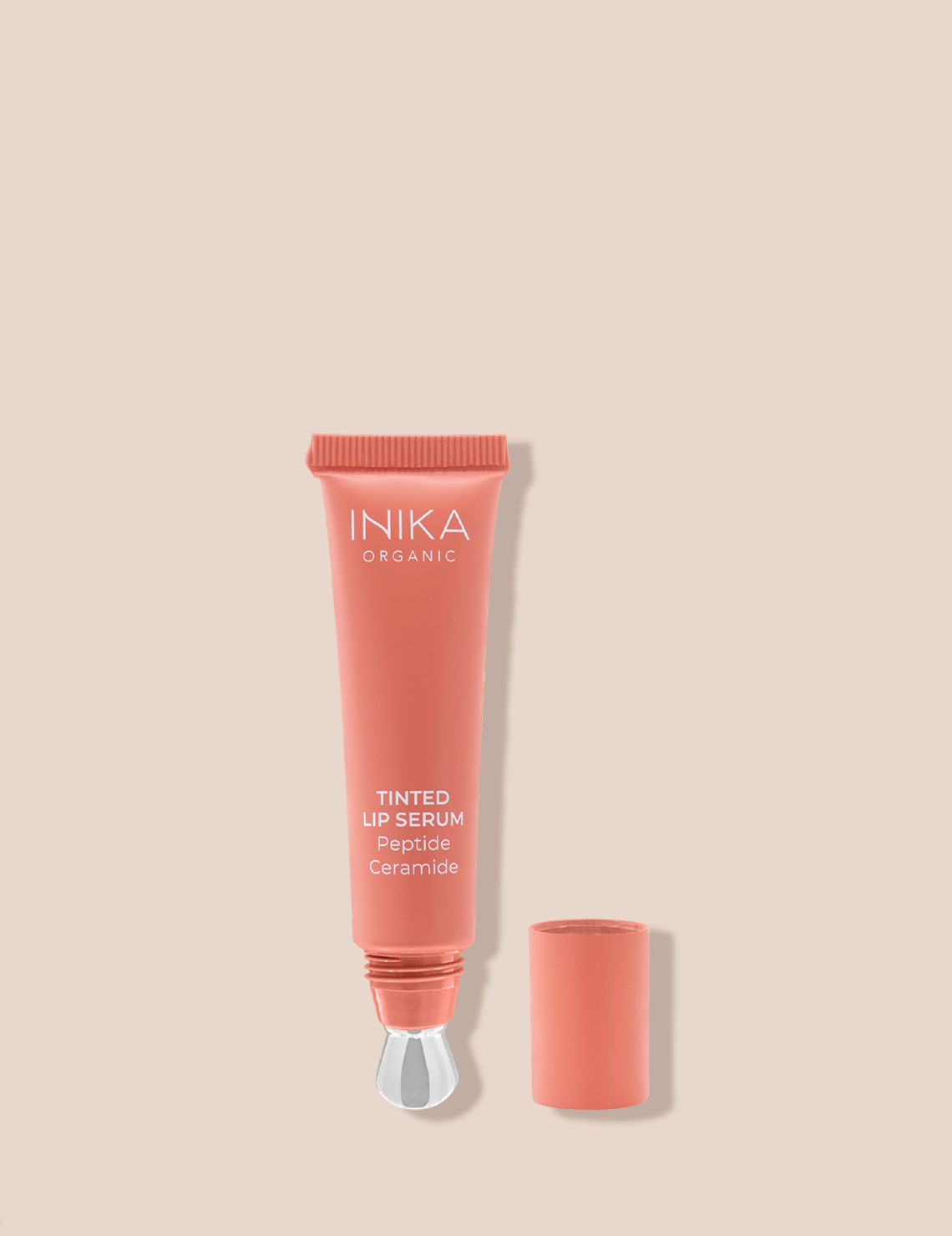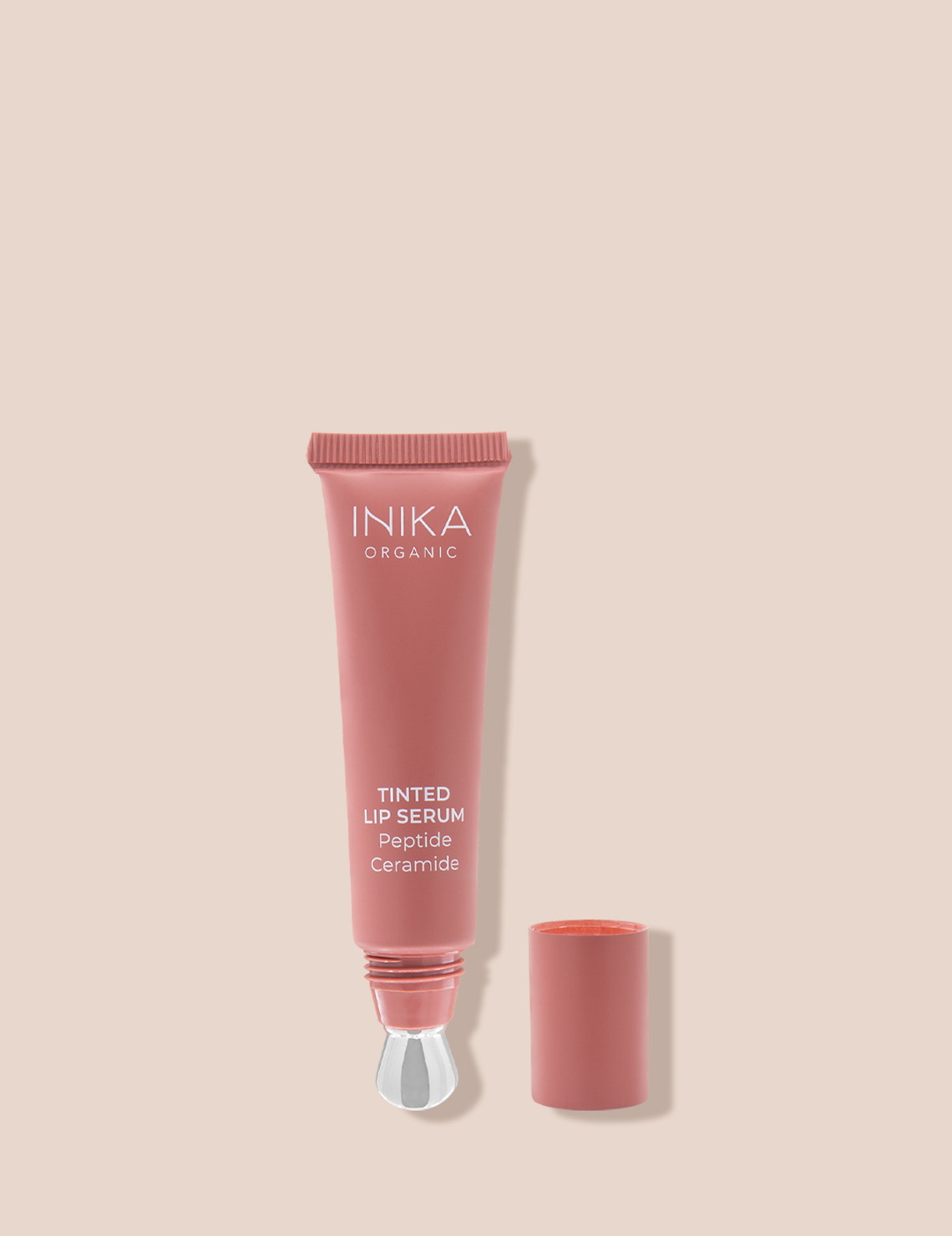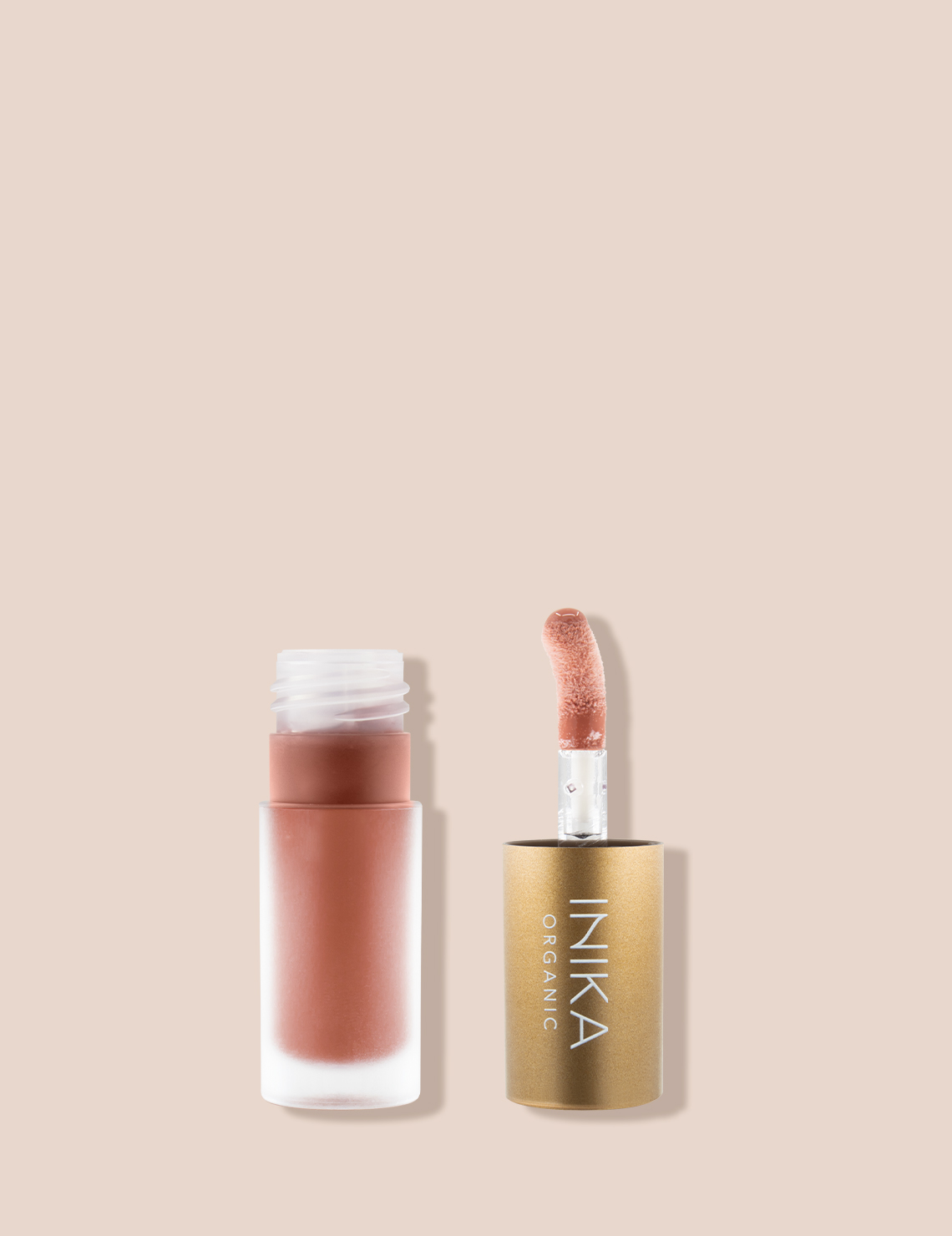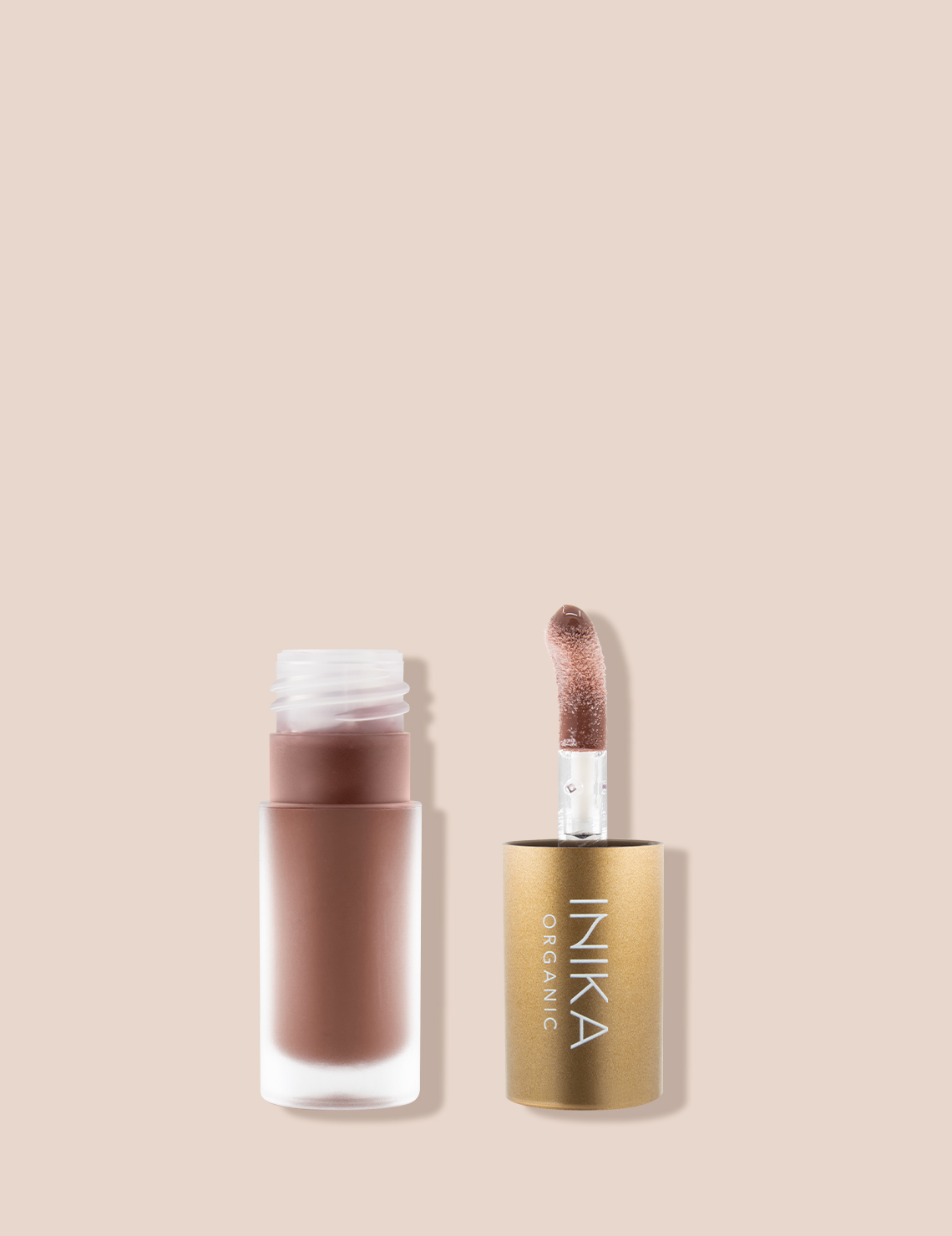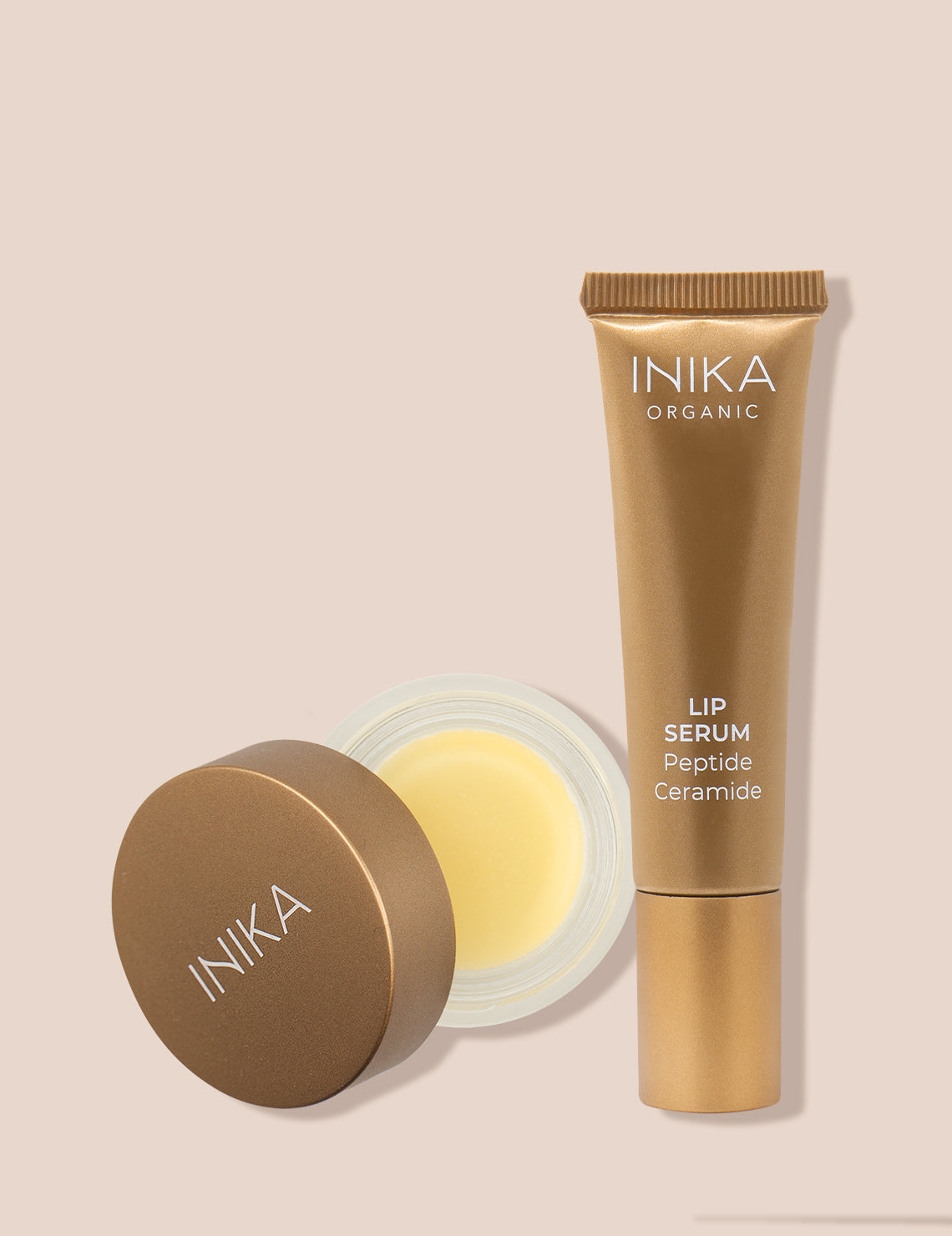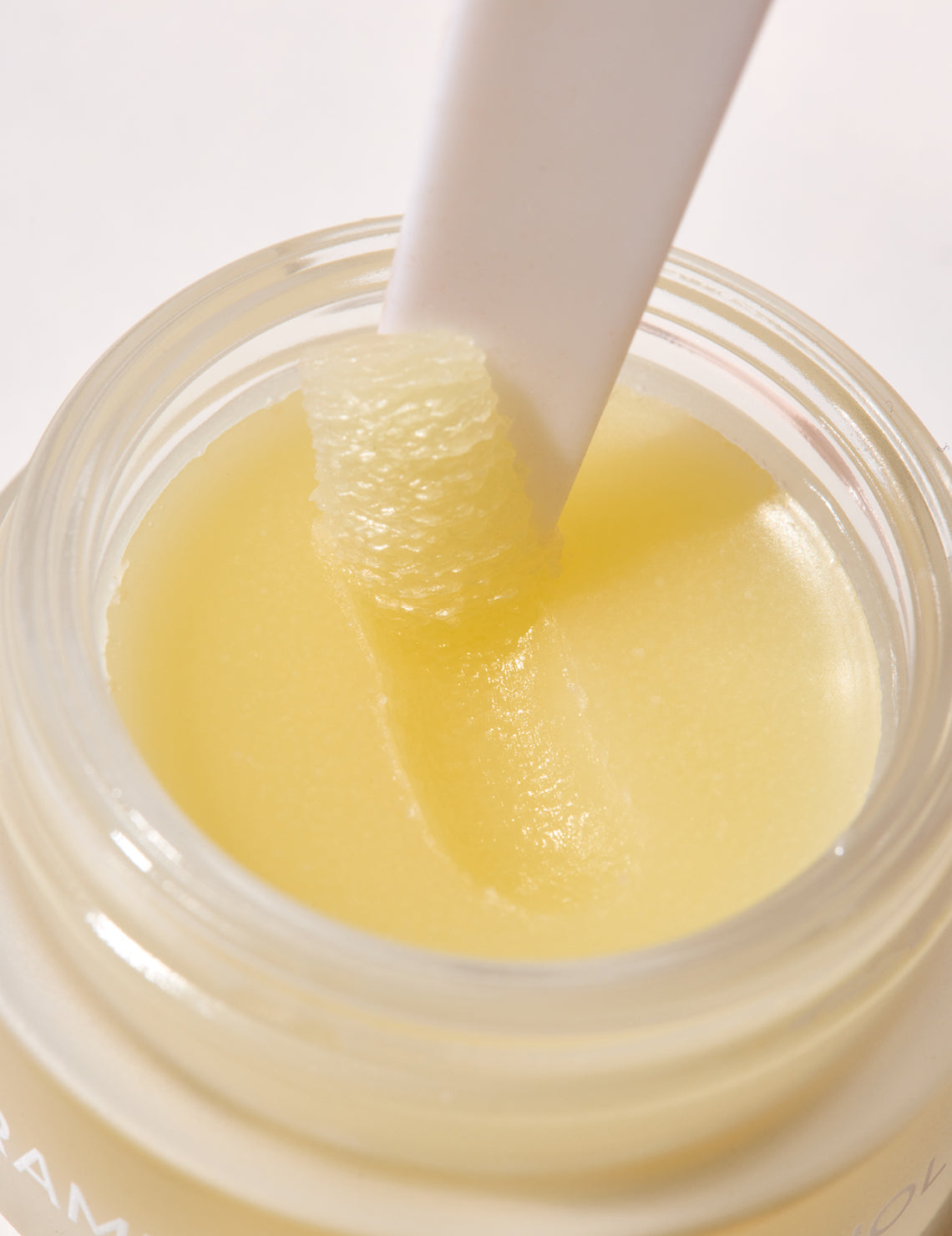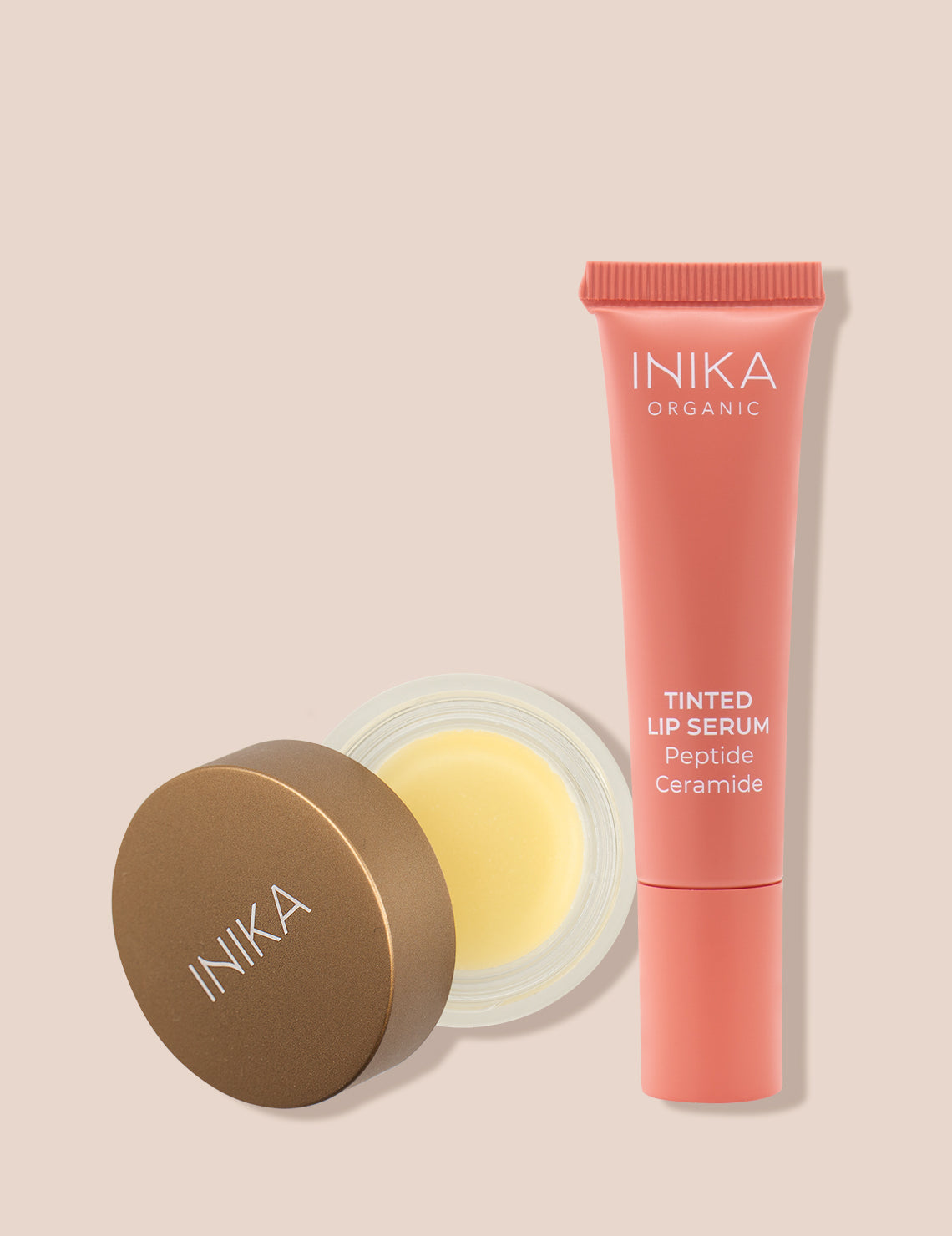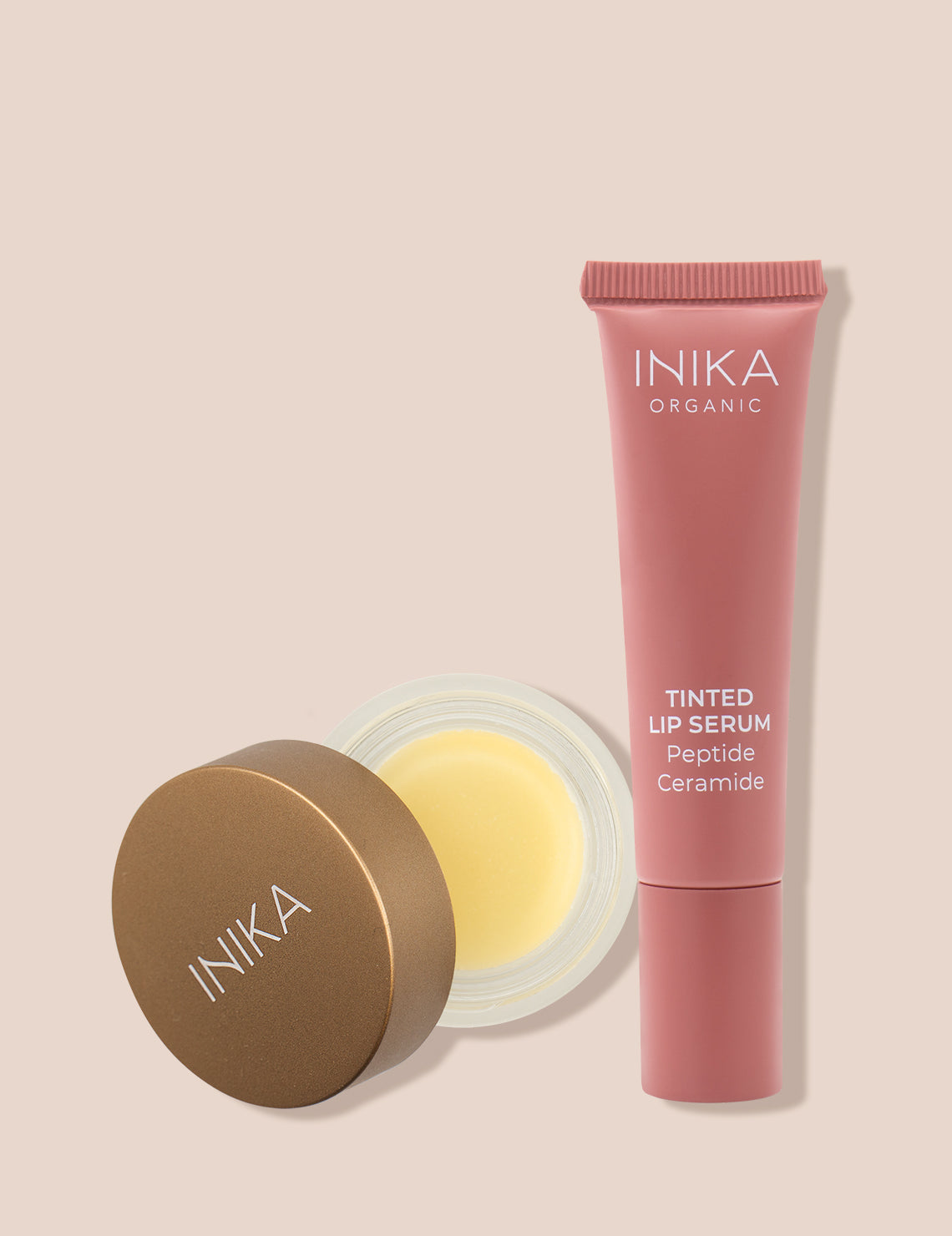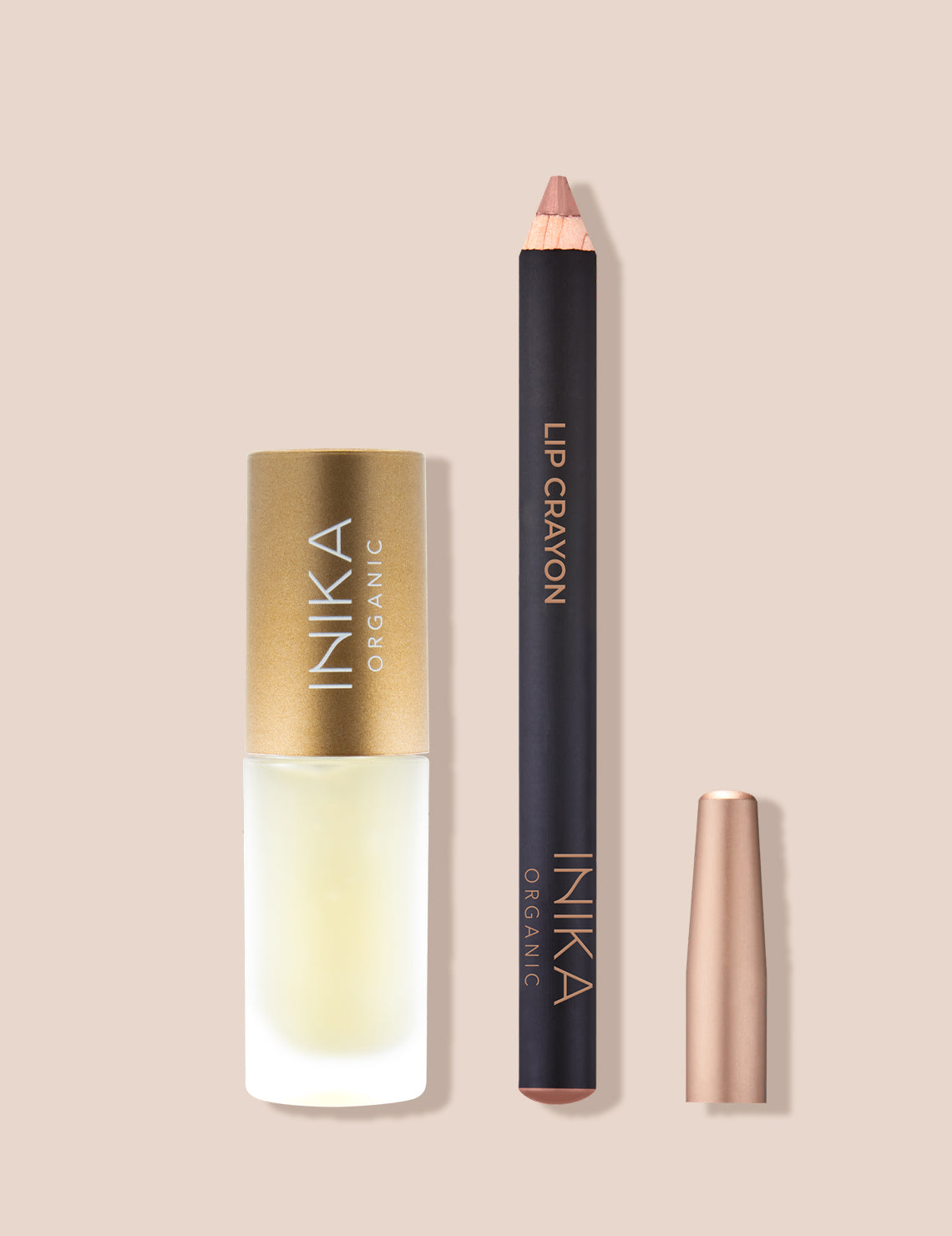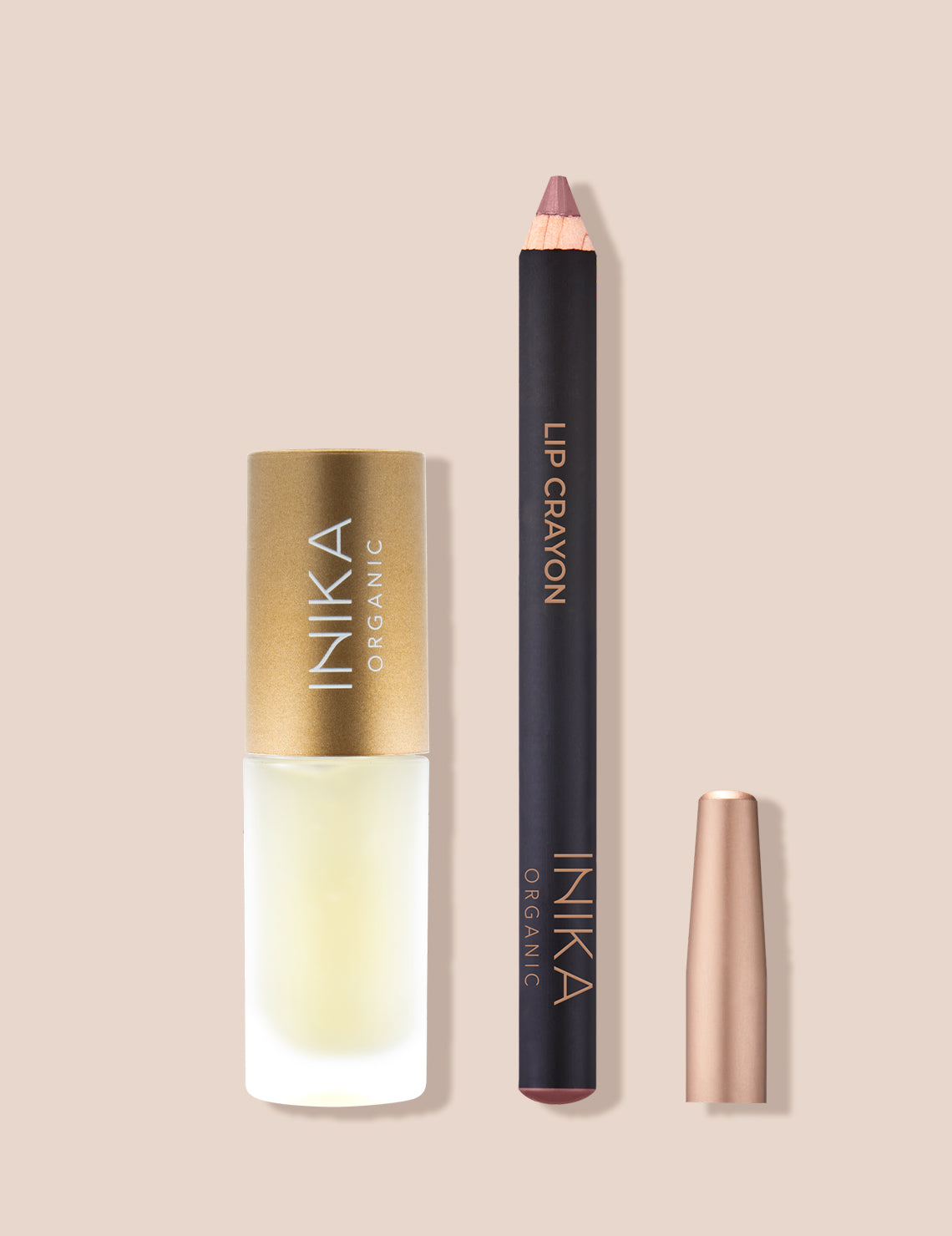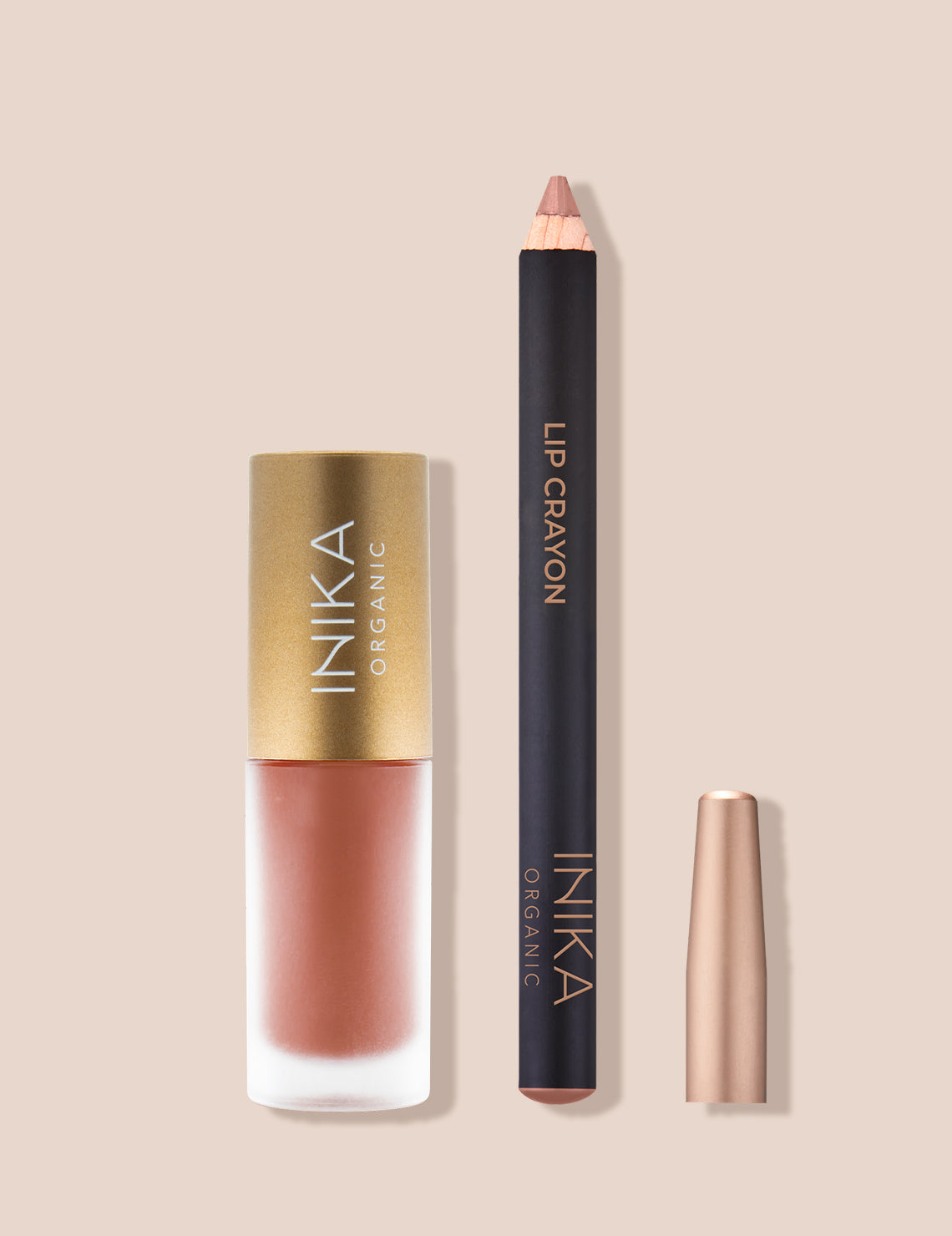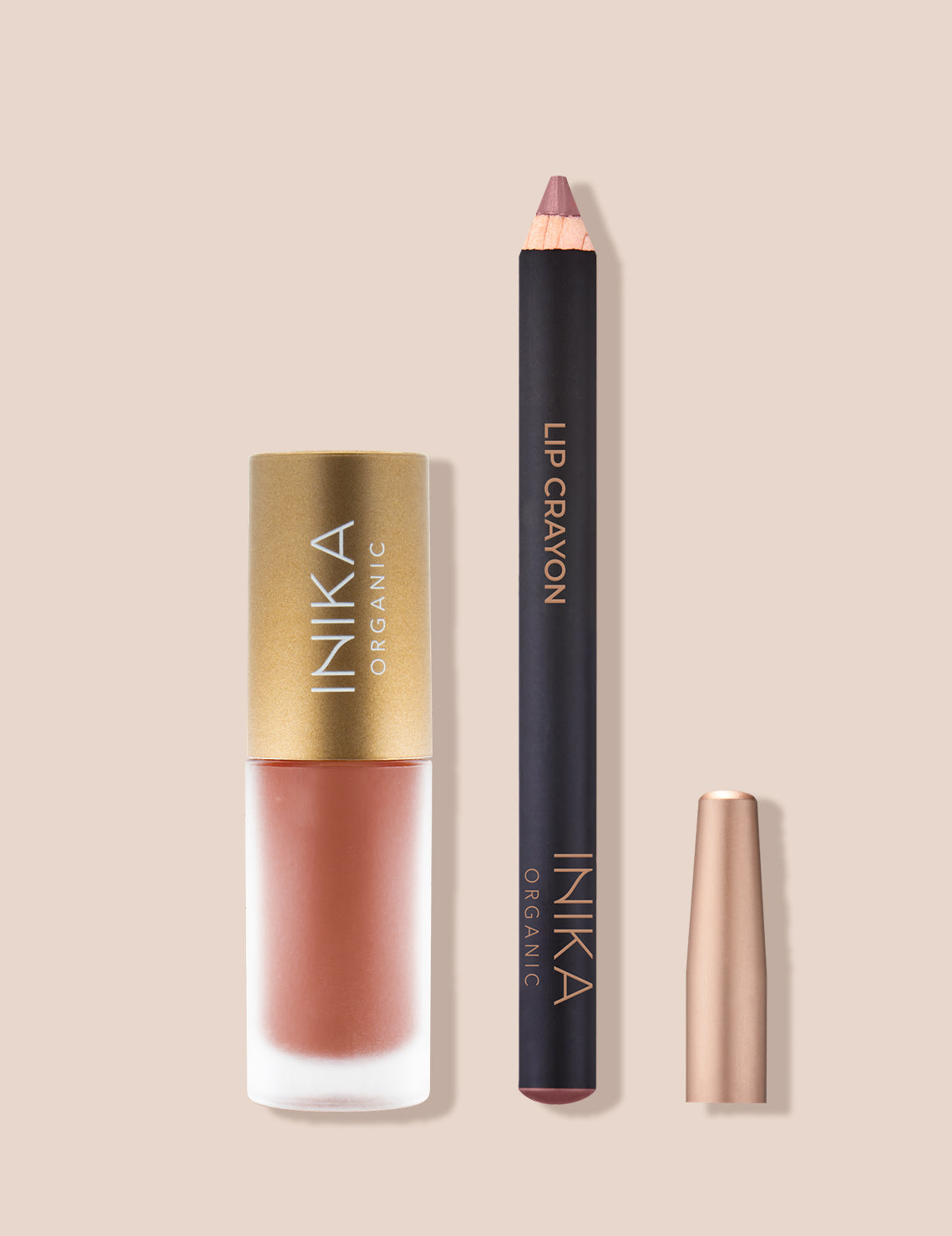Tell us a bit about your journey to launching your fashion line. What made you want to become a fashion designer?
I have wanted to be a designer since I was little. There was nothing else I wanted to do. I remember seeing Madonna in the Gautier's Cone Bra when I was young and being super impacted by it. I found it inspiring that a piece of clothing could cause such a cultural phenomenon. As I got older, I loved reading articles and reviews by Sally Singer, Cathy Horyn, and Robin Givhan (amongst many others). Their conversations about fashion and how they viewed clothing were mind blowing to me. It showed me that fashion could mean so much more than just clothing and could really have a larger impact on culture.
Tell us about your style? What influences your designs?
I have always felt as a designer, my job is almost a reflection of what I see going on around me in the world. I am very influenced by my surroundings and the feeling I get from the rest of the world. This goes from art, music, culture, and politics amongst many other factors.
I love storytelling through design. That is really how I approach each part of the process. From fabric development to the runway show, for me, it should all tell a personal story.
We would love to hear all about your approach to sustainability and up cycling. Why is this important to you?
We believe that as designers and creators, the responsibility lies with us to do the necessary research in order to make the best choices we can to minimise the environmental impact of our products. We are approaching sustainability in many ways. The more we learn about the environmental impact of textiles, the more we realise that we have the power to make choices for our fabric supply chain with consciousness for the environment. From shifting to organically grown cotton, to requiring mills to provide information of every step of fabric production, to utilising regenerated fibers, we are radically changing our approach to textile sourcing. In addition to taking greater control of our textile supply chain; we are also making extensive steps toward reducing waste. The amount of fabric sent to landfills in fashion production is immense; companies dispose of anything from small scraps to yards of fabric leftover from production. We are taking responsibility for the scraps and remnants of fabric that are produced in the manufacturing of our collections by collecting the scraps from our factories. With recognition of the resources used to create our textiles, we believe that the scraps have great potential to be utilised for new products instead of being wasted and contributing to the immense issue of landfill pollution. While we do our best to purchase only as much fabric as necessary to fulfill our collections' orders, it is almost impossible to order the perfect amount; therefore, we often end up with a few yards left over after production. But instead of disposing of the leftover fabric, we are making it into products: past seasons' Jonathan Cohen prints resurrected into new styles. Our mission is to utilise fashion production's typically unused materials to reduce our brand's environmental impact.
We adored your SS2020 collection! What was the inspiration behind it?
I was inspired by an image I found by chance, of a traditional Mexican serape blanket reimagined to resemble an American flag. This image reminded me of my childhood, growing up between San Diego and Mexico City. As a child in San Diego, I never felt that I lived in a border town. To me, the line between Tijuana and us didn't exist. My family is originally from Mexico City, and we were constantly traveling back and forth between countries. Growing up, these crossings were seamless—a beautiful blur of colours and cultures that inhabited my imagination as one place, not two. The idea of oneness, of a borderless existence, is something I've always carried with me. But never before has it felt more inspiring.
This collection is an expression of a fluid state: the integration of the formal, embellished beauty of Mexican art, food and textiles with the urban, relaxed rhythms of California. You'll see manifestations of these memories in the prints I've hand-drawn: día de los muertos skulls, embroidered flowers with petals in the shape of long boards, the California blue jay and grizzly bear, floral jacquards and crocheted knits. There are one-of-a-kind pieces designed in collaboration with Kilometre Paris, embroidered by artisans in Mexico City and organic cotton denim washed with non-toxic enzymes. A cocktail dress cut in ECONYL (100% regenerated nylon) embroidered with up cycled Swarovski crystals and a skirt made entirely of fabric from past seasons are also important meditations on the type of house we want to be: one that is responsible for and conscious of its impact on the world. This collection is a celebration of identity, hope and doing one's small part.
You took a very strong stance to wellness backstage at NYFW this year, why is that and what did it entail?
We decided that our backstage experience this NYFW needed to be aligned with our commitment to sustainability, leading us to partner with brands that have similar values to ours. It was a fun process to meet brands, from food, to skincare, nail art, and makeup, that are committed to sustainability and/or to the wellness of their clients. The backstage environment at fashion shows is quite hectic, so we decided to do our best to create an environment with the wellness of all participants in mind. This entailed providing facials, a smoothie bar, nontoxic manicures, and of course organic makeup from Inika.
Why was it important to partner with a makeup brand that shares your values for NYFW this year?
As it was with wellness factor, the same applied across categories. I do not believe in partnering with brands, just for the sake of it. I think its important to collaborate with companies that are in line with our values and that are innovating. Inika represents all of this to me. While they are leaders in making beauty sustainable, their products are still beautiful and desirable, which is key to success.
What was your vision behind the bright and bold makeup looks for NYFW this year?
The artist studio of Caio Fonseca(where the show was held) inspired the make up. Seeing all of his work and paint on the floor instantly got my head turning. I wanted it to look as if each girl had paint smudges on their eyes. Almost as if they were painting in their studio, and in the process when touching their face, smeared some paint on their eye lid. Each girl had a unique feel to her make up, which inhanced her individuality. It felt optimistic, personal, but above all, fun.
What would be your advice to people starting out as fashion designers?
Patience and persistence is key!
Tell us one thing you do for yourself every day, to be a little happier and healthier?
Working out really makes a difference. Lately I have been into boxing at Overthrow New York as well as Barry's Boot camp. It can really change my mood for the day.
What's next for Jonathan Cohen?
There is a lot to come! You will see soon!


